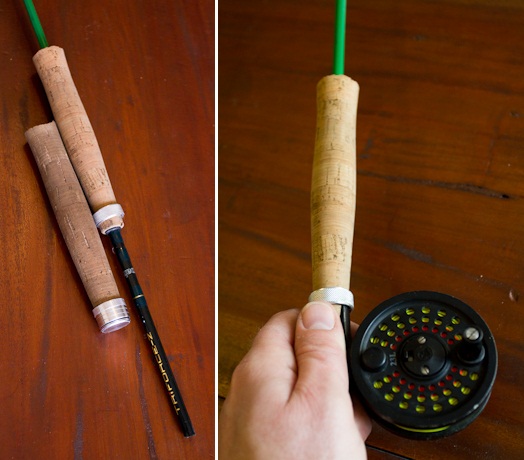Flywater X, 1D-X........it just seems to fit. But will this be the perfect camera to take on a flyfishing trip like the one this blog is all about?
The 1D-X replaces both the 21MP 1Ds MkII (pictured above) and the 16MP 1D MkIV.
Images courtesy Sydney Camera Style
Images courtesy Sydney Camera Style
I mentioned in an earlier post that I was going to talk about the new EOS 1D-X that Canon recently announced. To be honest when reading the announcement, I was a little disappointed. I was hoping to see my perfect camera announced, and was expecting it to be a direct replacement for the approximately 4 year old 1Ds MkIII. Instead, with the 1D-X, Canon had finally merged its two 1 series cameras to produce one camera somewhere in between.
What I had hoped for were:
A sensor with between 28 and 36MP
Improved dynamic range
Improved Autofocus
Not too much one may think, and I guess that with the new camera, according to the information and specs from Canon, I may have got two out of three. The surprising thing was that the only one that I thought I could count on getting, the increase in megapixels, was the only one that didn't eventuate. In fact, the megapixel count has decreased and is down by some 3 million pixels. A relatively minor decrease, but since I shoot a lot at ISO where digital noise (graininess) isn't really a problem, and I want to print large, exhibition prints. I would have liked to have more resolution, and from what I am reading, most others who shoot landscapes or work in the studio are of similar mind. Canon seems to think that the superior image quality that this machine is capable of producing will make up for the slightly less resolution over the 1Ds MkIII, and I guess that at this stage we should just give them the benefit of the doubt, at least until the camera is made available and can be tested properly.
Well, that is the main negative out of the way. There are a lot of things about this camera that sound great, and if they all work as promised, then despite the slight "lack" in resolution, it should be a fantastic camera. Firstly is the fact that like previous 1 series Canons, it is sure to be built like a tank and should stand up to almost any environment, no matter if it ventures to Antarctica or the Sahara. It will definitely be well sealed from the elements. Canon also claims that its autofocus is improved, and that its new metering system (which has a processor all to itself!) is much improved. From pictures that I have seen, and from what I have read elsewhere, it seems that button placement and controls are also an improvement over older 1 series bodies that it replaces which were already great. Now, if those larger pixels and newer technology combine to produce greater dynamic range like that of the Nikon D3X or the Phase One IQ180, then it is likely to produce very impressive image quality. The 1D-X also shoots fast, especially considering it has a full frame 18mp sensor. This at first seemed of no use to me, however if a hooked fish jumps, a fast frame rate is certainly an advantage in capturing a great shot of it.
One last thing that seems to come up everywhere this camera is mentioned is the ISO range which can be boosted to a mind boggling ISO 204, 800! Its claimed low light capabilities seem impressive, and it will be interesting to see how it compares to the current high ISO king, the Nikon D3s. I have no doubt that it will be good, but exactly how good remains to be seen. That being said, I just saw this new low light video sample which does look pretty good. I am thinking at some point I am going to have to start doing a bit of filming while out fishing so I can post some clips here. More importantly perhaps some good footage to supplement the images and text might be nice while on the Flywater Exposed trip. My 7D should do a reasonably good job for now, I just need to work out what I am doing as shooting stills is quite different to shooting video. If I start soon, I should have a reasonable amount of experience by the time I get to Flywater X.
If you have read through to here, you will have picked up that this camera is sounding pretty good (of course we are only going by the specs as it isn't even available yet), but it is not perfect for Flywater Exposed. Problem is, there is no perfect one camera solution. It could still end up being the best compromise between image quality, portability, ruggedness and features that sees it coming along for the trip. Once it is actually being used by photographers, it and its images can be assessed properly.No doubt we will look into this further after March 2012 when it should hopefully be in stock locally, and we will also be exploring other possibilities along the way.
















